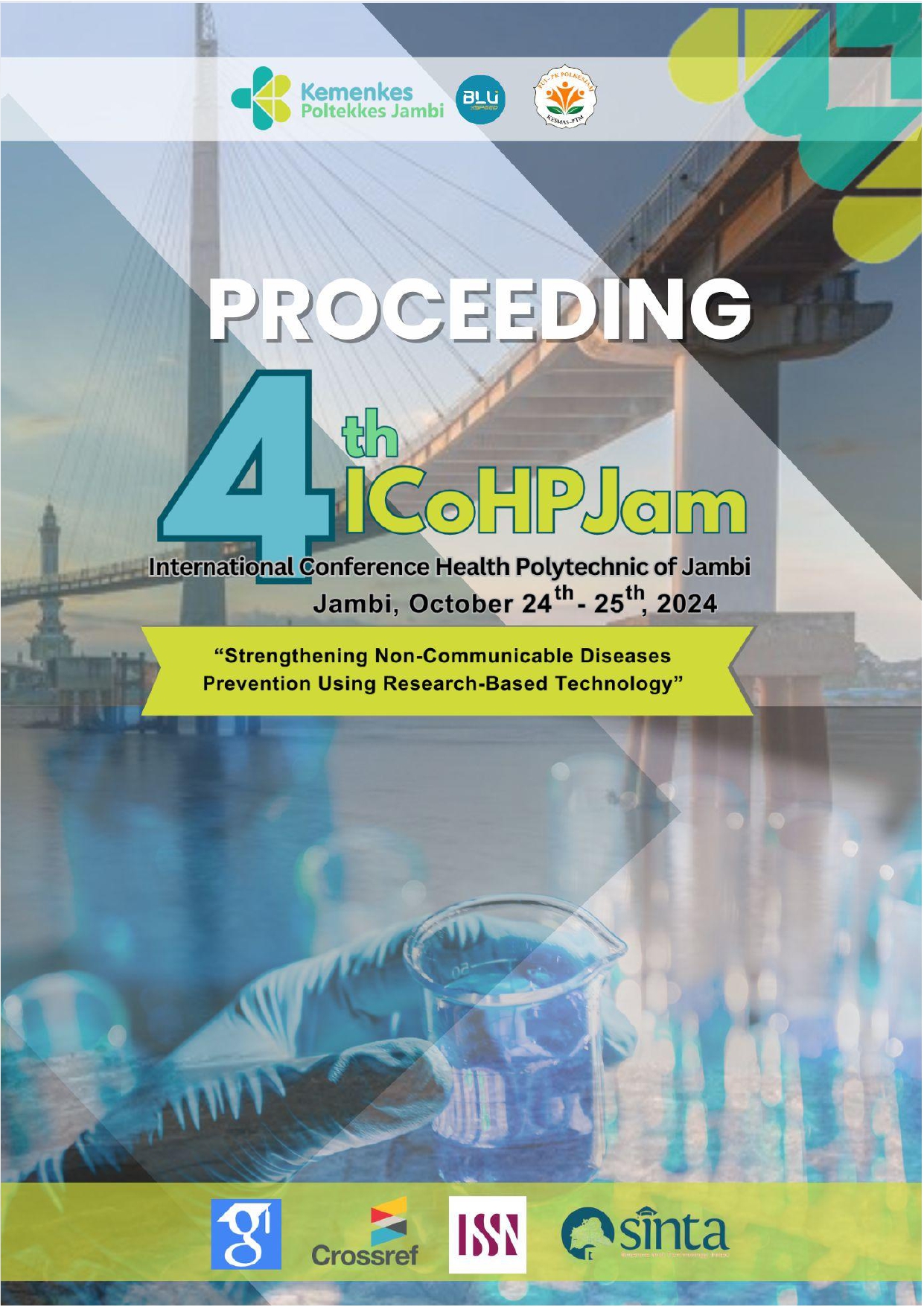Characterization And Standardization Of Scoby (Symbiotic Culture of Bacteria and Yeast) Fermentation Using Mango Leaves (Mangifera Indica L.) As A Raw Material for Topical Applications
Abstract
Background: Fermentation using SCOBY (Symbiotic Culture of Bacteria and Yeast) represents an innovative bioprocess with significant potential for producing active ingredients suitable for topical applications. In this study, mango leaves (Mangifera indica L.), recognized for their rich content of secondary metabolites such as polyphenols, were utilized as a substrate to enhance the profile of bioactive compounds through fermentation. The primary objective was to characterize and standardize the chemical composition of SCOBY-fermented mango leaves via organoleptic evaluation and quantification of total phenolic and flavonoid content
Methods:. Characterization and standardization of SCOBY fermentation using mango leaves (Mangifera indica L.) were conducted through organoleptic evaluation and quantification of total phenolic and flavonoid content in accordance with Indonesian Herbal Pharmacopeia
Result: The fermented product exhibited a dark brown color, a distinct fermented aroma, a sour and mildly bitter taste, and a pH reduction to 3. Chemical analyses revealed a total phenolic content of 3.79% GAE (gram equivalent of gallic acid) and a total flavonoid content of 1.94% QE (gram equivalent of quercetin), with an IC50 antioxidant activity value of 1.89 mg/mL. Given its enriched polyphenol content, the SCOBY-fermented mango leaf extract demonstrates substantial potential as an active ingredient in topical formulations, specifically due to its antioxidant properties, wound healing capabilities, and UV protective (Sun Protection Factor, SPF) effects. This study highlights the potential value of fermented mango leaves as a key component in natural skincare and therapeutic formulations, offering sustainable, bioactive-rich alternatives for product development in the cosmetic industry.



